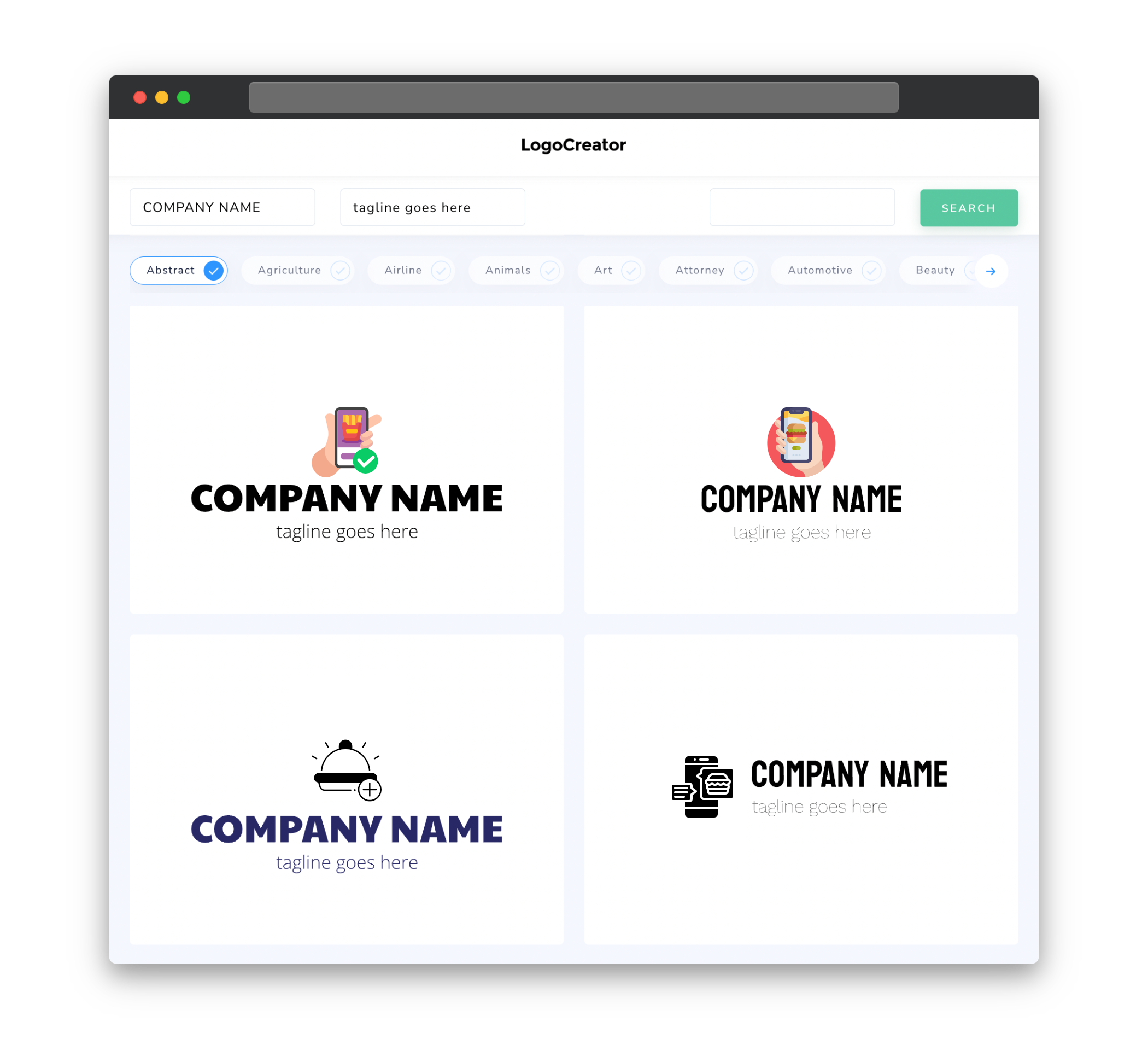Audiences
When it comes to designing a food app logo, it is essential to consider your target audience. The logo should resonate with the demographic you are targeting, whether it’s food enthusiasts, restaurant owners, or food delivery services. By understanding your audience’s preferences, you can create a logo that appeals to their tastes and attracts their attention. For example, if you are targeting health-conscious individuals, incorporating fresh and vibrant colors and symbols of organic produce can help convey your app’s focus on healthy eating. On the other hand, if your audience is more into fast food and convenience, you might want to use bold, energetic colors and playful icons that evoke a sense of indulgence.
Icons
Icons play a crucial role in food app logos as they symbolize the app’s purpose and convey its message at a glance. Choose icons that are relevant and easily recognizable, such as utensils, food items, or cooking utensils. These icons can instantly convey the nature of your food app, making it easier for potential users to understand its purpose. For example, a fork and knife icon can represent a food ordering or restaurant app, while a chef’s hat can symbolize a cooking or recipe-sharing app. Make sure the icons you select are clean, simple, and scalable to ensure they remain clear and recognizable in different sizes and formats.
Color
Color is a powerful tool in logo design, evoking emotions and conveying messages. When creating a food app logo, it is crucial to choose colors that align with your app’s branding and appeal to your audience. Warm colors like red, orange, and yellow are often associated with energy, appetite, and excitement. These colors can work well for fast food or restaurant-focused apps that want to create a sense of urgency and appetite appeal. On the other hand, cool colors like blue, green, and purple can evoke feelings of freshness, health, and relaxation, suiting apps that emphasize natural and organic food options. Ultimately, the color scheme you choose should accurately represent your app’s personality and values, while also being visually appealing and attention-grabbing.
Fonts
Choosing the right font for your food app logo is crucial as it sets the tone and personality of your brand. When it comes to food-related logos, there are a few fonts that are commonly used. Sans-serif fonts, such as Helvetica and Gotham, are clean, modern, and highly legible, making them a popular choice for food apps that want to convey a sense of professionalism and clarity. Script fonts, on the other hand, can add elegance and sophistication to a logo, often used by fine dining establishments or gourmet food apps. Whichever font you choose, ensure it complements the overall design and is easily readable across different platforms and sizes.
Layout
The layout of a food app logo is crucial in creating a balanced and visually appealing design. Consider the different elements that make up your logo, such as icons, text, and any other graphical elements. Depending on your app’s concept and the message you want to convey, you can experiment with different layouts. For example, a horizontal layout may work well for showcasing the name of a restaurant app alongside an icon, while a stacked layout can be more suitable for a cooking or recipe-sharing app, where a vertical arrangement allows for better readability of longer text. Consider how your logo will be displayed on different devices and platforms, ensuring it remains legible and aesthetically pleasing in various sizes and orientations.
Usage
When designing a food app logo, it’s essential to consider the different ways it will be used. Your logo will appear across various platforms, including mobile devices, websites, social media profiles, and marketing materials. To ensure versatility and consistency, create a logo that works well in different formats, sizes, and color variations. It should be easily recognizable whether displayed as a small app icon or a larger logo on a website. Additionally, consider creating variations of your logo for different use cases, such as a simplified version for small-scale applications or a vertical layout for social media profiles. By carefully considering the usage of your logo, you can ensure its effectiveness across various platforms and contexts.



